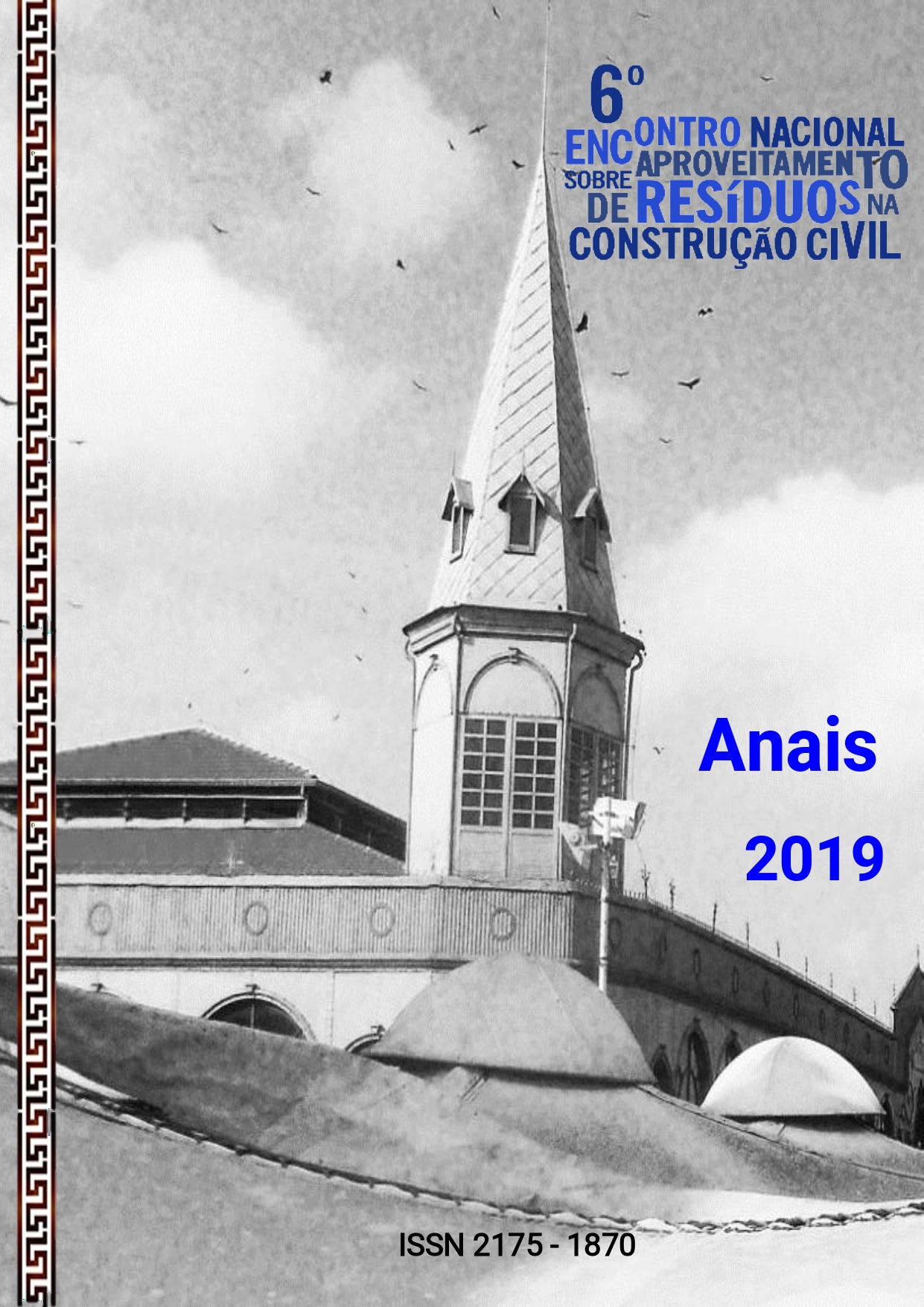AVALIAÇÃO DO CAROÇO DE AÇAÍ “IN NATURA” PARA USO COMO AGREGADO GRAÚDO LEVE
Keywords:
seed, açaí, granulometry, unit mass, Especific massAbstract
The processing of açaí, a native fruit of the Amazon, takes advantage of only 15% of each açaí fruit, which weighs about 1g, that is, only 15% of it is edible (pulp in shell), requiring about 2.5 kg of fruits to produce 1 L of fruit juice, the remainder represents the stone, containing the oilseed. In the places where this food is prepared, there are the heaped dry lumps (residual biomass), representing a waste to be destined, SOUSA (2017) (1). In order to reduce the amount of waste directed to the channels and culverts that obstruct and cause flooding, there has been a search for alternative uses for lump. In this way, this study has the objective of evaluating a açaí "in natura" lump for use as a lightweight aggregate, based on the granulometric characterization, unit and specific mass, according to NBR NM 248 (ABNT, 2003), NBR NM 45 (ABNT, 2006) and NBR NM 53 (ABNT, 2009). Açaí seed was found to fit within the granulometric range and unit mass, according to ASTM C330 / 330M-17a and ASTM C331 / 331M-17. Therefore, it points out the potency of açaí "in natura" as a lightweight aggregate for application in light non-structural concrete and its application is essential for the reduction of residue that would be inappropriately discarded.

